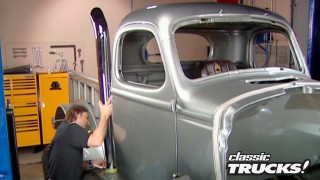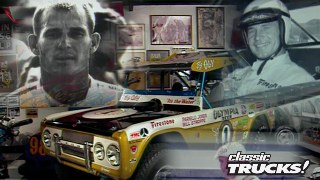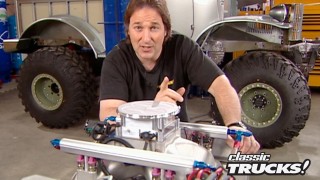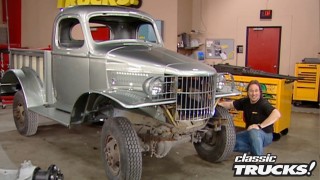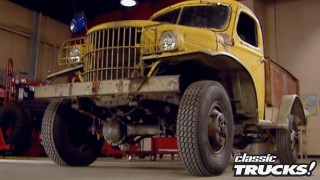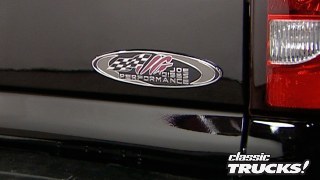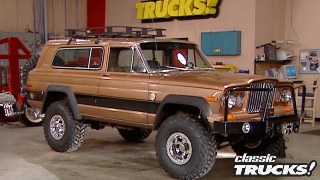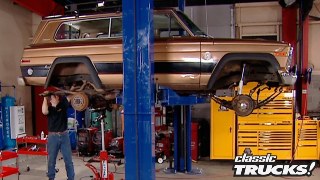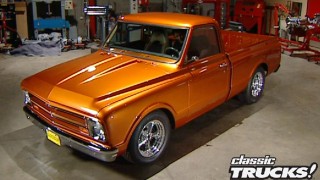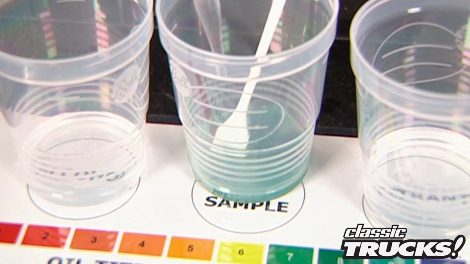
Makin' Fuel
We learn how to transform waste cooking oil into biodiesel that promises better performance, compatibility with our existing systems, and lower emissions. Testing our handmade fuel in a fully equipped 2001 Dodge Ram, we discover it delivers impressive performance, cost effectiveness, and a unique French fry aroma.
Season 7
Episode 13
Hosts: Stacey David
First Air Date: June 1, 2015
Duration: 17 minutes 42 seconds
